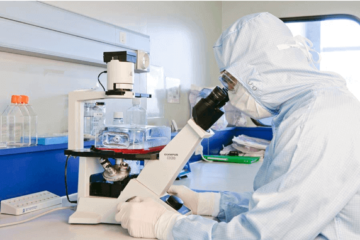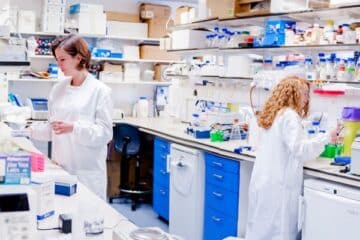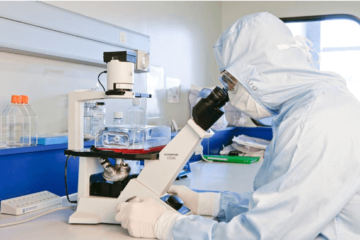Innovaciones con células madre en Kazajstán: Avances en la terapia cardiovascular
Kazajstán emerge como un centro para la investigación con células madre, Avances pioneros en terapia cardiovascular.. Este artículo analiza las últimas innovaciones., explorando cómo las células madre están revolucionando las opciones de tratamiento para las enfermedades cardíacas, allanando el camino para mejorar los resultados de los pacientes y mejorar la calidad de vida.













